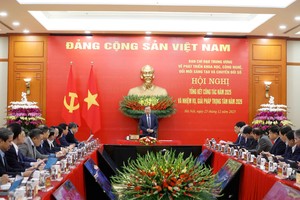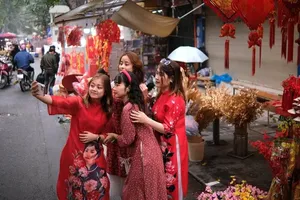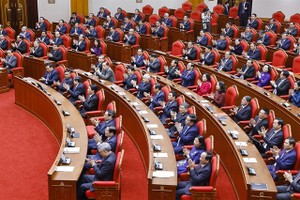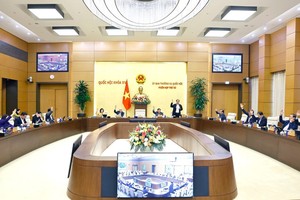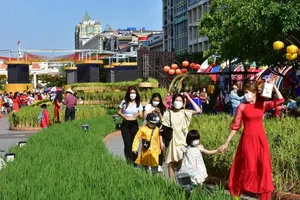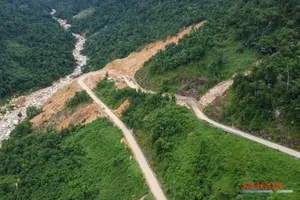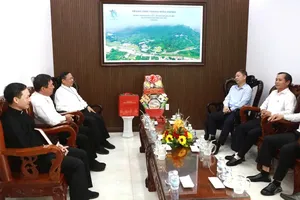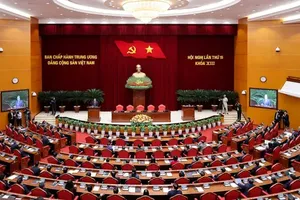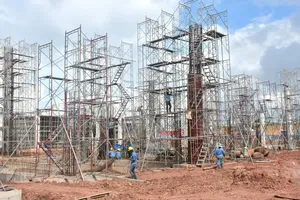Vietnam will host the Asian Development Bank’s 44th Annual Meeting for the first time, which will be held in Hanoi from May 3 to the 6.
The 2011 annual meeting, which will be held at the National Convention Center, will focus on investments within Vietnam, regional integration, infrastructure development, and caring for and protecting poor people. This will be done through private sector growth, said a news release.

Participants will discuss certain topics, which will include transformation needs, managing risks and sustaining growth and success from now until 2050 - the highlight of the meeting. The meeting will also include presentations from countries such as Indonesia, Mongolia, Papua New Guinea, Bangladesh and Timor.
About 3,000 participants from a number of private, public and government sectors are expected to attend the 44th Annual Meeting of the Board of Governors of the Asian Development Bank (ADB); these will include, heads of state, finance ministers, central bank governors, and representatives from the private sector, academia, the media and various civil authorities.
The meeting will provide opportunities for participants to hold formal and informal talks that will help shape the economic, financial, and social policy programs in Asia and the Pacific.
The annual meeting allows Governors from the ADB member countries to provide guidance on ADB administrative, financial and operational directions. In addition, the meetings provide opportunities for member governments to interact with ADB staff, NGOs, media, international organizations, academe and the private sector.
Vietnam joined the ADB in 1966 as one of its founding members, and over the last 20 years, Vietnam has become one of the fastest-growing and most dynamic economies in Asia. In recent years, poverty rates have fallen dramatically and as a member of the ADB-supported Greater Mekong Sub-region (GMS) program, Vietnam works closely with neighboring countries in order to promote cross-border cooperation.
In conclusion, Vietnam has a rich history and a vibrant culture with many cultural and natural attractions, which are listed on the UNESCO World Heritage List. These include the Central Sector of the Imperial Citadel of Thang Long, and Ha Long Bay in the north, which is famous for its distinctive limestone caves.
